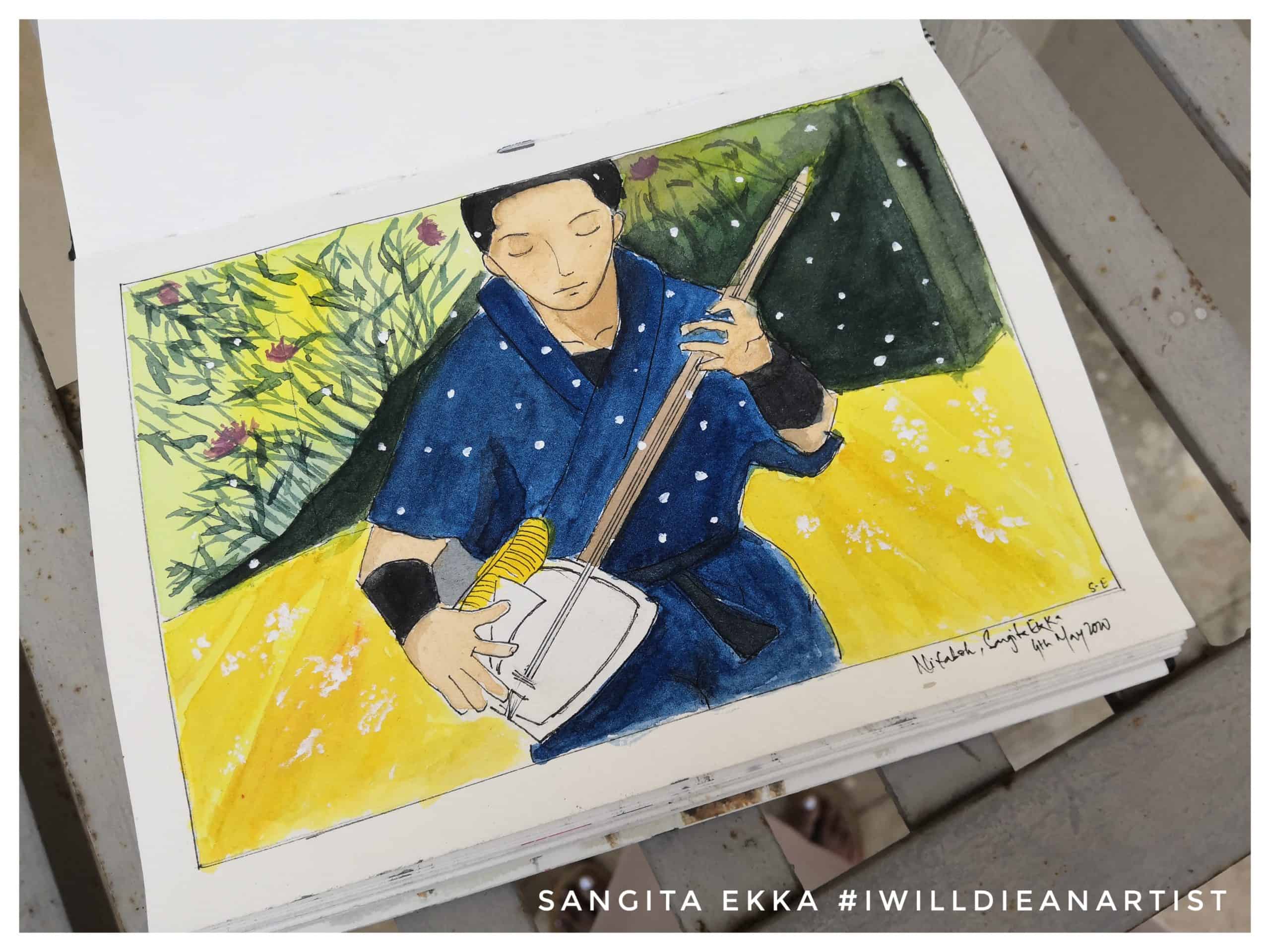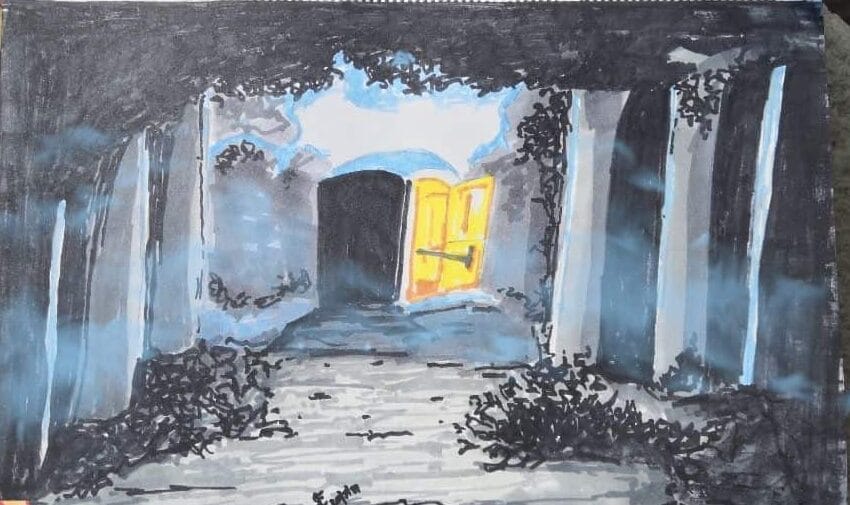Akatsuki members hail from different lands of the Narutoverse. They are distinctly segregated and feared for their lethal skills. Akatsuki nails are a matter of intrigue, and no sources give solid answers on why they painted them.
Itachi’s nails are colored purple, Kisame’s nails are light blue, while Pain’s nails are red.
Most answers are guesswork, and to make an educated guess on why Akatsuki paint their nails, one has to think like an Akatsuki member first. Here are some educated guesses:
The history of men wearing nail polish
Men wearing nail polish are not new.
Excavations reveal that 3,200 years ago, Babylonian men painted their colors to signal their class location. The shades grew darker with higher ranks, with black or darker shades reserved for the royals or ranks closer to royalty.
The warrior class spent hours painting their nails before battles, representing a strong sense of identity with designated nail colors and duty.
The story of Naruto borrows heavily from Japanese history and folklore. The concept of tailed beasts, clan names, and ancient myths of Amaterasu, Susanoo, Tsukuyomi, etc., find their way into the story of Naruto.
Masashi Kishimoto probably borrowed the practice of painted nails from olden warriors and designed characters of Narutoverse. Haku, although not an Akatsuki member, also had painted nails.
A psychological diversion technique
Think about it: a dozen people vs. the Shinobis from all lands. Akatsuki members are powerful, each one equivalent to a hundred Shinobis or more, yet heavily disadvantaged. Each hidden village has elected Kages; by definition, they are mighty.
The hidden villages keep the tradition of creating Jinchurikis to maintain the military power balance. The Jinchurikis are often picked from the family members of the ruling class, making them potent opponents of Akatsuki.
Therefore, Akatsuki members must devise as many techniques as possible for their advantage. They cannot take their skills for granted and never drop their guard. Shinobis across the globe weave hand signs to cast Jutsu, and on battlegrounds, they try to read the hand signs of their opponent to launch a counterattack.
Akatsuki members are primarily men and painted nails on them generate intrigue. Every second counts in Shinobi battles; a tiny distraction favors the distractor.
Members like Itachi, Kisame, Sasori, and Deidara had added skills of maneuvering to cast Gentjustsu, swing swords, perform ventriloquism, or knead explosive clay. Painted nails generate intrigue and distract the opponent from Jutsu in the process.
The aspect of cult dress codes
Each member of the Akatsuki shared the notion of attaining world peace, but when given a chance to save person one vs. five, someone will die. Cult members share beliefs and exhibit a strong sense of differentiating themselves, and dress codes are one of the ways to do that.
Each member of Akatsuki is outlawed, and any outlawed Shinobi cannot represent its village anymore. They must strike off the insignia on their headbands. They wear black robes with designs of red clouds. Akatsuki wear rings; similarly, painted nails could be a part of the dress code.
Read: Gedo statue: Akatsuki rings explained
Manga is black and white
Unlike colorful anime, Manga is always black and white. Every manga artist and writer sticks to this rule. Akatsuki’s painted nails are black for Manga readers, while Studio Perriot chose colors and added them.
An old forum post conveys how often Manga panels showed hands, and with a stark contrast of black painted nails against the white skin, readers could differentiate Akatsuki members from the rest.
An ultimate act of rebellion
In many ways, painted nails on men signify rebellion against the established norms. Akatsuki members are rebellious by nature. They struggled to fit in, their thinking – mostly misunderstood, their sorrows – hidden.
The backstory of Itachi shows his strong sense of belongingness to his village – Konohagakure, and the murders he had to perform for the greater good. His story goes deep into the failed attempts of Shishui and Itachi to establish a dialogue with their clan, to see brotherhood beyond Uchihas, and the tragedy that unfolds, making Itachi a lethal rebel.
Akatsuki means dawn, and its members, from its founders – Yahiko, Konan, and Nagato (Ame orphans), to Sasori or Itachi, struggled in their respective backstories, chose rebellion, and found similar people in the group.
Final thoughts
Any creative works carry references from the creators’ worldviews and personal experiences. Masashi Kishimoto employs good use of depicting the generation gap via costumes. The legendary Sannins and people in their age group dress traditionally, while the younger generation often wears tracksuits, sandals, and grunge fishnets.
The Retro era witnessed a sense of post-war freedom, self-expression, and lots of art. For a young and impressionable Kishimoto, the Retro world had a lot to offer from across cultures, and I believe that trickled in his epic work – Naruto.
AD




Comment